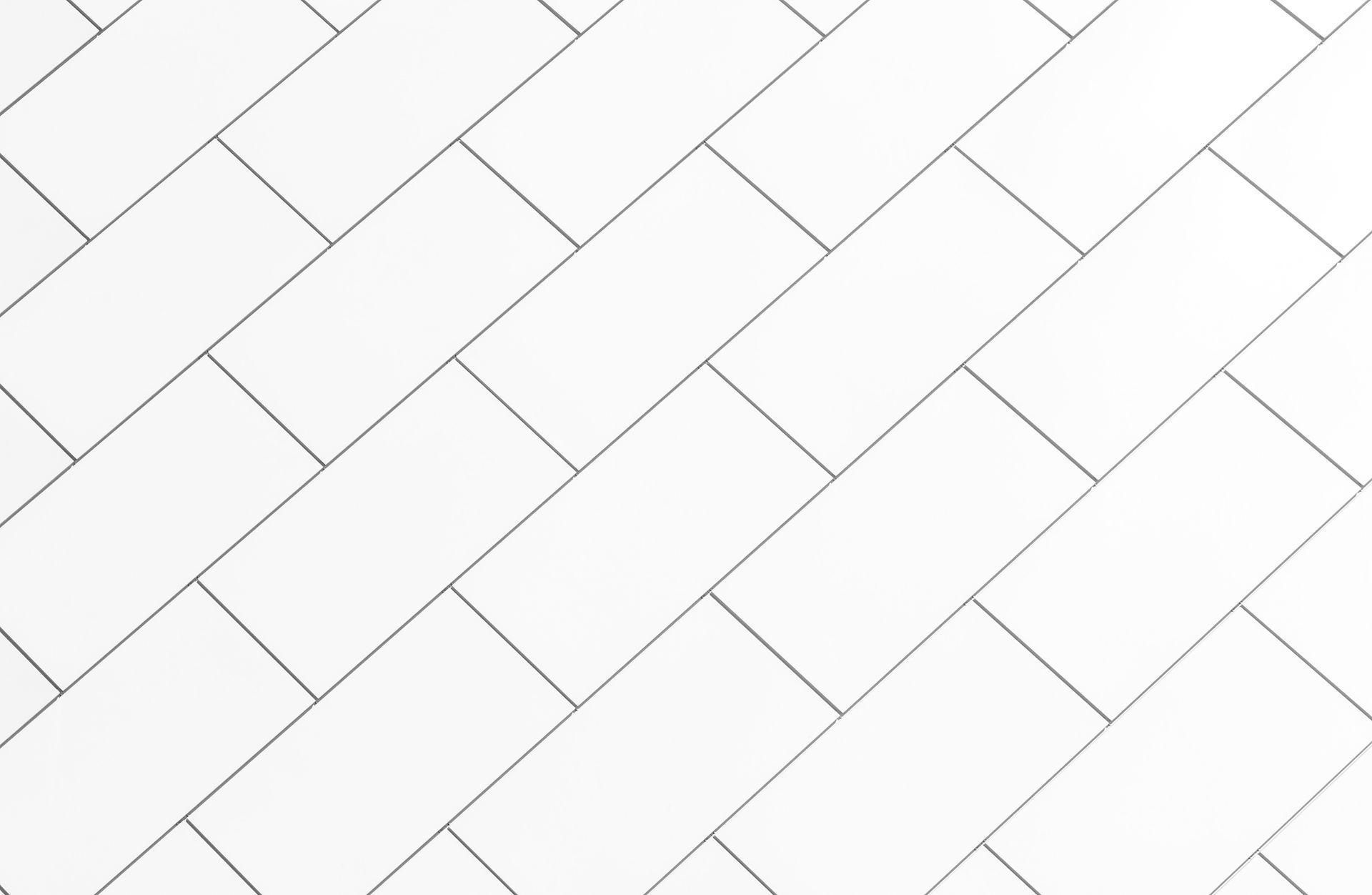
Furniture, Lighting, & Game Tables
Residential & Commercial
Tiles
Caring for tile furniture involves a combination of regular maintenance, proper cleaning, and preventive measures to ensure its longevity and appearance. Here's a general outline of protection and care instructions for tile furniture:
Quality Information
Porosity
Porcelain tiles are less porous, while ceramic tiles can be more porous.
Durability
Tiles are durable and resistant to moisture, making them suitable for various applications.
Maintenance
Regular cleaning with non-abrasive cleaners is sufficient. Grout maintenance might be needed over time.
General Protection & Care Instructions
1. Preventive Measures:
-
Placement: Position the tile furniture in areas where it's less likely to be exposed to extreme temperatures, direct sunlight, and moisture. This will minimize the risk of tile damage and fading.
-
Use Coasters and Placemats: Place coasters under glasses, cups, and hot dishes to protect the tile surface from scratches, stains, and heat.
-
Avoid Sharp Objects: Prevent scratching by refraining from placing sharp or abrasive items directly on the tile surface.
2. Regular Cleaning:
-
Dust Removal: Wipe the tile furniture regularly with a soft, dry cloth to remove dust and loose dirt. This prevents debris from scratching the surface over time.
-
Gentle Cleaning Solution: Create a mild cleaning solution by mixing warm water with a small amount of gentle dish soap or a specialized tile cleaner.
-
Cleaning Process: Dampen a soft cloth with the cleaning solution and gently wipe the tile surface. Avoid using abrasive pads or brushes that can scratch the tiles.
-
Grout Cleaning: If the furniture has grout lines, clean them with a soft brush to remove dirt and stains. A mixture of baking soda and water can be used for tougher grout stains.
3. Stain Removal:
-
Act Quickly: Address spills promptly to prevent stains from setting into the tiles.
-
Blot, Don't Rub: If a spill occurs, blot the area with a clean cloth or paper towel instead of rubbing, as rubbing can spread the stain.
4. Grout Maintenance:
-
Sealing Grout: If your tile furniture has grout lines, consider applying a grout sealer to protect it from staining and moisture penetration. Follow the manufacturer's instructions for application frequency.
5. Protection from Elements:
-
Direct Sunlight: If the furniture is exposed to direct sunlight, consider using blinds or curtains to reduce UV exposure, which can cause fading.
-
Temperature Fluctuations: Avoid placing tile furniture in areas prone to extreme temperature fluctuations, as sudden changes can cause the tiles to expand or contract, leading to cracks.
6. Specialized Care:
-
Natural Stone Tiles: If your tile furniture has natural stone tiles, be aware that different types of stone require specific care. Consult with the manufacturer or a professional for proper cleaning and maintenance guidelines.
-
Metal or Wood Frames: If the tile furniture has metal or wood frames, follow appropriate cleaning and maintenance instructions for these materials.
7. Professional Maintenance:
-
Regular Inspections: Periodically inspect the tile furniture for any signs of damage, cracks, or loose tiles. Address any issues promptly to prevent further deterioration.
-
Professional Cleaning: Consider hiring a professional tile and grout cleaning service for a deep clean, especially if the furniture is heavily soiled or stained.
By following these protection and care instructions, you can help maintain the beauty and integrity of your tile furniture for years to come. Always refer to the manufacturer's guidelines for specific recommendations tailored to your furniture's materials and finishes.